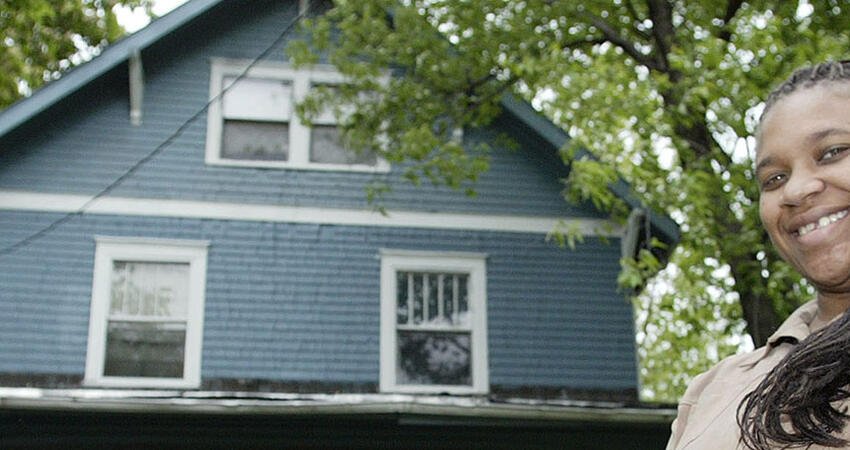
Waiting Lists for Rental Assistance Indicate an Insufficient Availability of Housing Resources
- Title:
- Waiting Lists for Rental Assistance Indicate an Insufficient Availability of Housing Resources
- Author:
- Source:
-
National Low Income Housing Coalition
- Publication Date:
-
2016
With just one in four eligible households receiving federal rental assistance, waiting lists are common and can be long. To better understand waiting lists, the National Low Income Housing Coalition surveyed housing authorities that manage public housing or voucher programs, requesting information about the size, status, wait times, and demographics of waiting lists for the programs. Over 300 housing authorities responded. The responses were weighted to account for an overrepresentation of responses from large and nonrural housing authorities.
Key findings:
- More than 50 percent of waiting lists for vouchers were closed to new applicants, compared with 11 percent of public housing waiting lists.
- The median wait time for vouchers (18 months) was double the median wait time for public housing (9 months).
- The median wait time for assistance tended to be highest among large housing authorities. Among housing authorities managing more than 5,000 subsidies, the median wait for a voucher was 36 months, and the median wait for a public housing unit was 24 months. The maximum wait was 15 years.
- Extremely low income households constituted almost 74 percent of households on an average voucher waiting list. The same group accounted for more than 67 percent of households on an average public housing waiting list.
- Families with children accounted for 60 percent of the families on an average voucher waiting list. An average waiting list for public housing was more evenly distributed. Families with children constituted 46 percent of the households, and seniors and households with at least one disability accounted for 24 and 19 percent, respectively.
- Greater investment is needed for vouchers and public housing because of barriers to housing for voucher holders. For instance, landlords can refuse to accept housing vouchers in many markets, and voucher holders with a disability may struggle to find housing that is accessible.
Lola Booker-Brewer stands outside her home Monday, May 12, 2003. in Akron, Ohio. Booker-Brewer currently benefits from the federally funded Section 8 housing program, which helps low-income families, the elderly and the disabled pay rent for private apartments and homes they could not otherwise afford. (AP Photo/Ron Schwane)